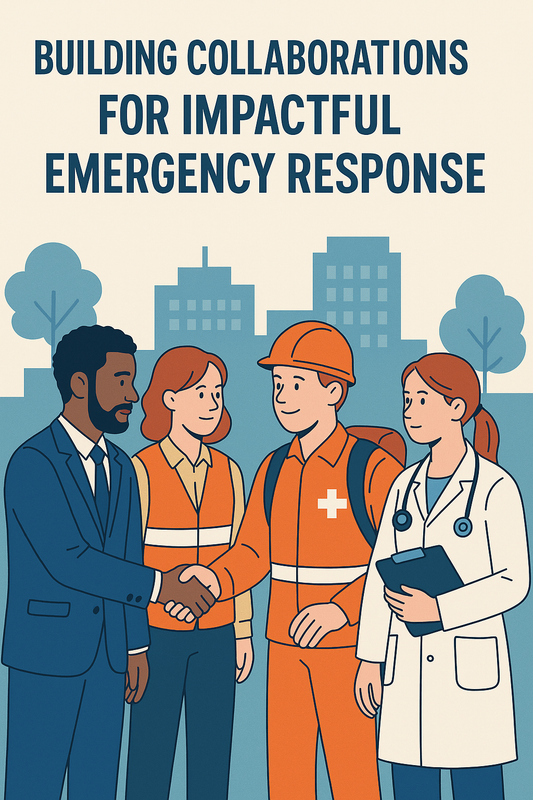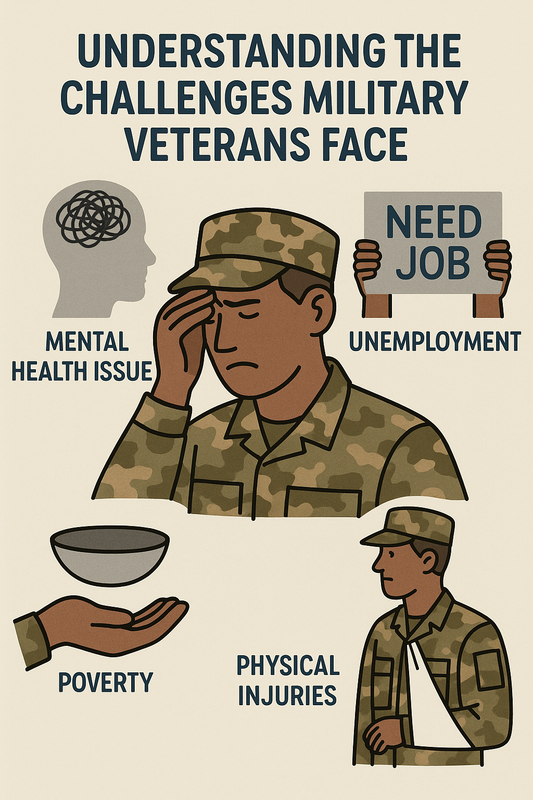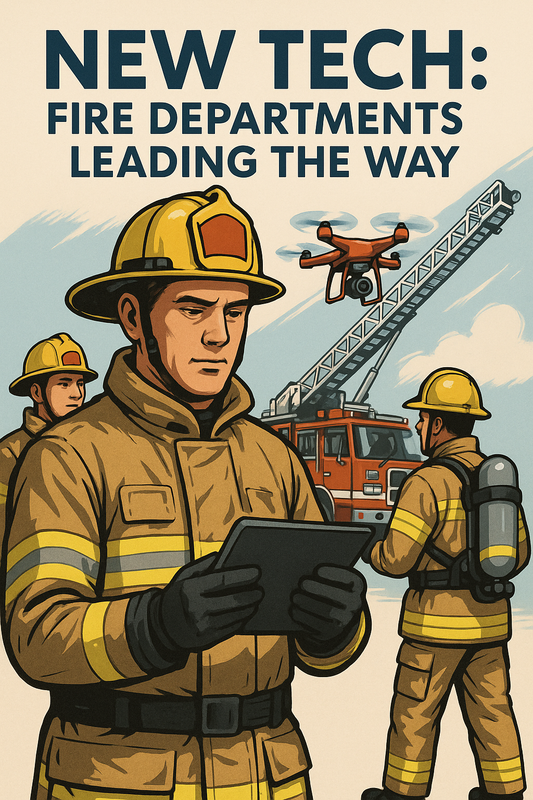
Life-Saving Innovations in Medical Technology
Frequently Asked Questions
1. What are the significant innovations in medical technology discussed in the article?
2. How has telemedicine improved patient care?
3. What role does wearable technology play in patient monitoring?
4. How does AI contribute to diagnostics in healthcare?
5. What benefit does robotic surgery offer compared to traditional surgery methods?
Innovation in medical technology is at an all-time high, presenting opportunities to enhance patient care and save lives. From groundbreaking devices to revolutionary software, the medical landscape is evolving rapidly. This article will explore some of the most exciting advancements in medical technology that are transforming the healthcare field, ultimately improving patient outcomes and redefining how we think about medical care.
The Rise of Telemedicine
One of the most significant innovations in recent years has been the rise of telemedicine. This technology allows healthcare providers to meet with patients remotely, making healthcare more accessible than ever before.
Enhanced Access to Care
Telemedicine has enabled patients from all walks of life to access medical professionals without the need to travel long distances, which can be daunting for many. This is especially crucial for those living in rural areas or for individuals who have mobility issues. Fire fighters, for example, may benefit from telemedicine services when they are on call and unable to reach their doctors in person. This way, they can get timely medical advice and continue their essential work without interruptions.
Reduction in Wait Times
Another great advantage of telemedicine is the reduction in wait times for medical appointments. With virtual consultations, patients can often receive diagnoses and treatment faster than through traditional in-person visits. This rapid response can be vital in acute medical situations or when managing chronic conditions.
Wearable Technology: Revolutionizing Patient Monitoring
Wearable technology has taken the medical field by storm. Devices like smartwatches and fitness trackers are now capable of monitoring vital signs, providing real-time health data that can alert both patients and healthcare providers to any potential issues.
Continuous Health Monitoring
Wearables help in continuous health monitoring, enabling patients to take control of their health. For instance, heart rate monitors can flag abnormal readings, allowing for early intervention. This form of technology not only empowers individuals but also alleviates some of the burdens on healthcare providers by allowing patients to report information proactively.
Integration with Healthcare Systems
The data collected by wearable devices can be integrated into healthcare systems, allowing doctors to evaluate their patients consistently over time. This data-driven approach can lead to personalized treatment plans that cater to individual needs, ultimately improving health outcomes.
3D Printing: Custom Medical Solutions
3D printing has also made waves in the medical world, offering custom solutions that were previously impossible to achieve. From prosthetics to organ models, the potential applications of this technology are far-reaching and exciting.
Personalized Prosthetics
The customization capabilities of 3D printing allow for prosthetics that fit more comfortably and function better. Patients can receive prosthetics tailored to their unique physical requirements, leading to improved mobility and quality of life. This technology also allows for rapid prototyping, meaning adjustments can be made quickly without extensive delays.
Training and Education
Furthermore, 3D printing can create realistic organ models that are essential for training medical professionals. By allowing students and practitioners to practice on lifelike structures, we can improve surgical outcomes and enhance education for future healthcare providers.
Artificial Intelligence: Transforming Diagnostics
Artificial Intelligence (AI) is slowly making its mark in the healthcare industry, offering tools that can analyze vast amounts of data in seconds and improve diagnostic accuracy. With machine learning algorithms trained on millions of medical records, AI can assist doctors in identifying diseases early, leading to better patient prognoses.
Enhanced Diagnostic Accuracy
One prominent application of AI is in radiology, where algorithms can help detect abnormalities in imaging tests such as X-rays or MRIs. Early detection can be life-saving, particularly in cases of cancer or other time-sensitive conditions. By reducing the chances of human error, AI enhances diagnostic accuracy and improves patient care overall.
Predictive Analytics
AI’s ability to predict potential health issues before they arise is another game-changer. By analyzing historical data alongside current health metrics, AI tools can identify individuals at higher risk for certain diseases. This allows for preventive measures to be taken, saving lives and reducing healthcare costs.
Robotic Surgery: Precision at Its Best
Robotic surgery is revolutionizing the way many procedures are performed. With the aid of robotic systems, surgeons can achieve higher precision, smaller incisions, and less invasive techniques.
Improved Patient Recovery
Robotic surgery typically results in less postoperative pain and a shorter recovery time compared to traditional methods. For example, patients can often go home the same day as a procedure that would have previously required a multi-day hospital stay. This rapid recovery is especially vital for active individuals who wish to return to their routine as soon as possible.
Minimally Invasive Techniques
The precision offered by robotic systems allows for minimally invasive techniques, which means less trauma to the body during surgery. Surgeons can navigate complex anatomical structures more safely, resulting in fewer complications and better outcomes for patients.
The Future of Medical Technology: What Lies Ahead?
The field of medical technology is continually evolving, with groundbreaking innovations emerging regularly. The potential for telemedicine, AI, wearable devices, 3D printing, and robotic surgery to save lives and improve healthcare delivery is immense.
Focus on Patient Experience
As we move forward, the patient experience will likely remain a central focus of medical innovations. New technologies are being developed not just for efficiency but also to enhance the emotional and psychological aspects of patient care. This holistic approach towards health embodies the very essence of what it means to care for a patient.
Collaboration in Healthcare
The future will also see increased collaboration across various sectors in healthcare. The integration of different technologies and methods will lead to comprehensive care models that address patients' physical, emotional, and social needs. Collaborative platforms can help to establish communication between healthcare providers, patients, and support systems, enhancing the overall quality of care.
Empowerment through Knowledge
Ultimately, one of the most promising aspects of innovations in medical technology is the empowerment it provides to both patients and healthcare providers. Education coupled with cutting-edge tools equips everyone involved in the healthcare journey to make informed decisions. From learning about the best selling coffee sample pack for balanced energy to understanding the various benefits of telemedicine, empowering patients with knowledge can lead to healthier choices and better health outcomes.
As we look toward the future, it is clear that technological advancements will continue to save lives, redefine patient care, and significantly enhance the efficiency of healthcare systems. The medical field is primed for a transformation, and staying informed about these innovations is essential for both healthcare professionals and patients alike. Embracing these changes will help us build a healthier tomorrow, ensuring that every individual has access to the best care possible.




